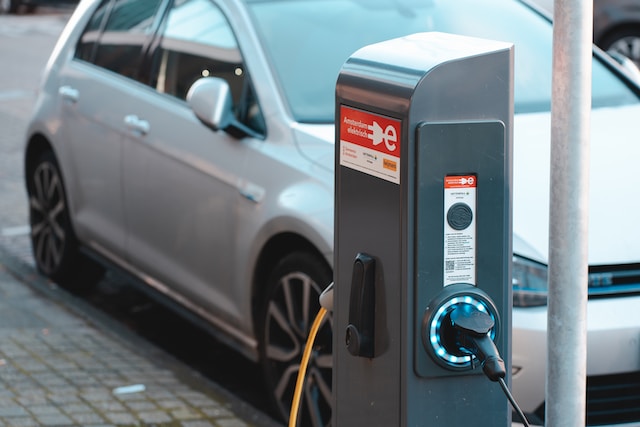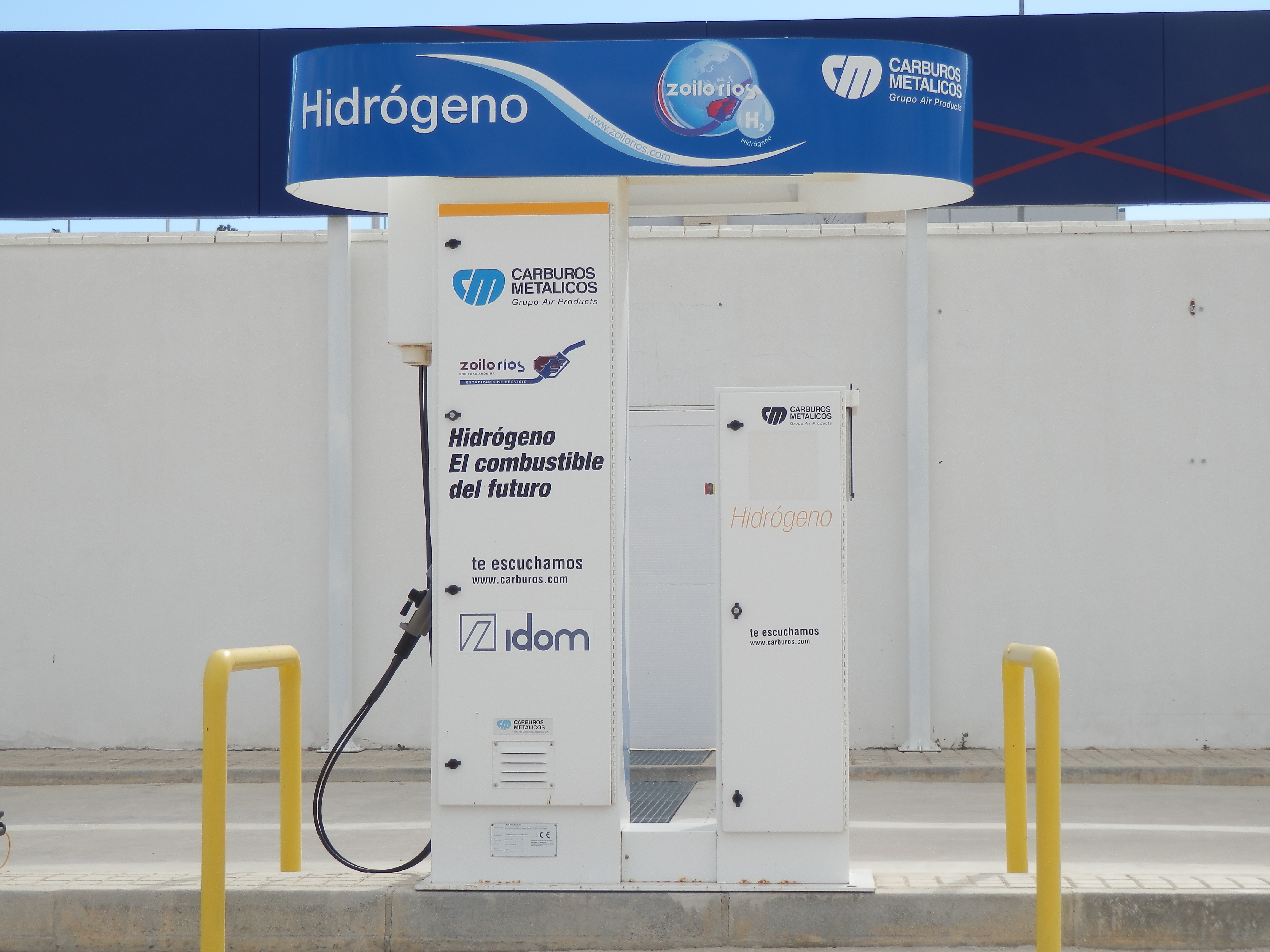Navigating the Green Roads: The Quest for Low Carbon Mobility Alternatives
In the pursuit of a greener future, the term "zero carbon" has become a beacon, especially in the realm of mobility. However, a closer look reveals that achieving true zero carbon mobility is currently an elusive goal. The carbon footprint extends beyond the tailpipe, involving the entire life cycle of energy production and transmission. What the market often touts as zero carbon is, in reality, a spectrum of low-carbon alternatives, each with its unique environmental implications. Here, we explore three categories: low carbon fuel, battery electric, and hydrogen-powered options.
Low Carbon Fuel
One of the notable contenders in the low carbon fuel category is E85, a variant with a 30% reduction in carbon output compared to normal gasoline. While conversion kits for gasoline vehicles are available, the limited availability of E85 in the market poses a challenge. Despite this drawback, transitioning to E85 offers a tangible reduction in carbon emissions, showcasing the potential for practical carbon-conscious choices in fuel.

Battery Electric
Battery electric vehicles (BEVs) have gained significant traction in the market, representing a popular choice for eco-conscious consumers. The core technology revolves around lithium-ion batteries, albeit with its own set of challenges. The extraction of lithium, a carbon-intensive process, releases approximately 15 tons of CO2 for every ton of lithium mined. Manufacturing an 80 kWh lithium-ion battery, like the one in the Tesla Model 3, is estimated to contribute between 3120 kg and 15,680 kg of CO2 emissions, equivalent to burning about 1362 to 6847 liters of gasoline. The true benefits of carbon reduction only become apparent after covering substantial distances, emphasizing the need for long-term commitment to electric vehicles.
Ongoing research into battery technologies, such as carbon nanotube electrodes, lithium-sulfur, cobalt-free batteries, silicon anode batteries, solid-state batteries, and zinc-air batteries, aims to address limitations in charge times, capacity, and environmental impact. These advancements, once realized, could propel battery electric vehicles into a more competitive position against their traditional counterparts.

Hydrogen (Fuel Cell) Powered
Initially heralded as a promising alternative, hydrogen-powered vehicles faced challenges that hindered widespread adoption. The cost of hydrogen production, surpassing that of gasoline, coupled with inferior range and performance compared to battery electric and traditional vehicles, posed significant barriers. Establishing hydrogen refilling stations also proved economically burdensome, further dampening enthusiasm.
Producing 1 kg of hydrogen demands between 39-49 kWh of energy, while the energy obtained from 1 kg of hydrogen amounts to 33 kWh. This inefficiency, combined with the carbon emissions associated with hydrogen production and transportation, makes hydrogen less economically and environmentally viable for current mobility needs. However, the role of hydrogen as a potential storage medium for excess energy from renewable sources remains a subject of exploration.

In conclusion, the quest for low carbon mobility alternatives involves navigating a complex landscape of trade-offs and evolving technologies. While current options may not provide a perfect zero-carbon solution, they mark important steps toward a more sustainable future. As research and innovation continue to drive improvements in technology and infrastructure, the path to greener mobility becomes increasingly tangible. The journey towards zero carbon mobility may still be ongoing, but the road is paved with promise and potential.
